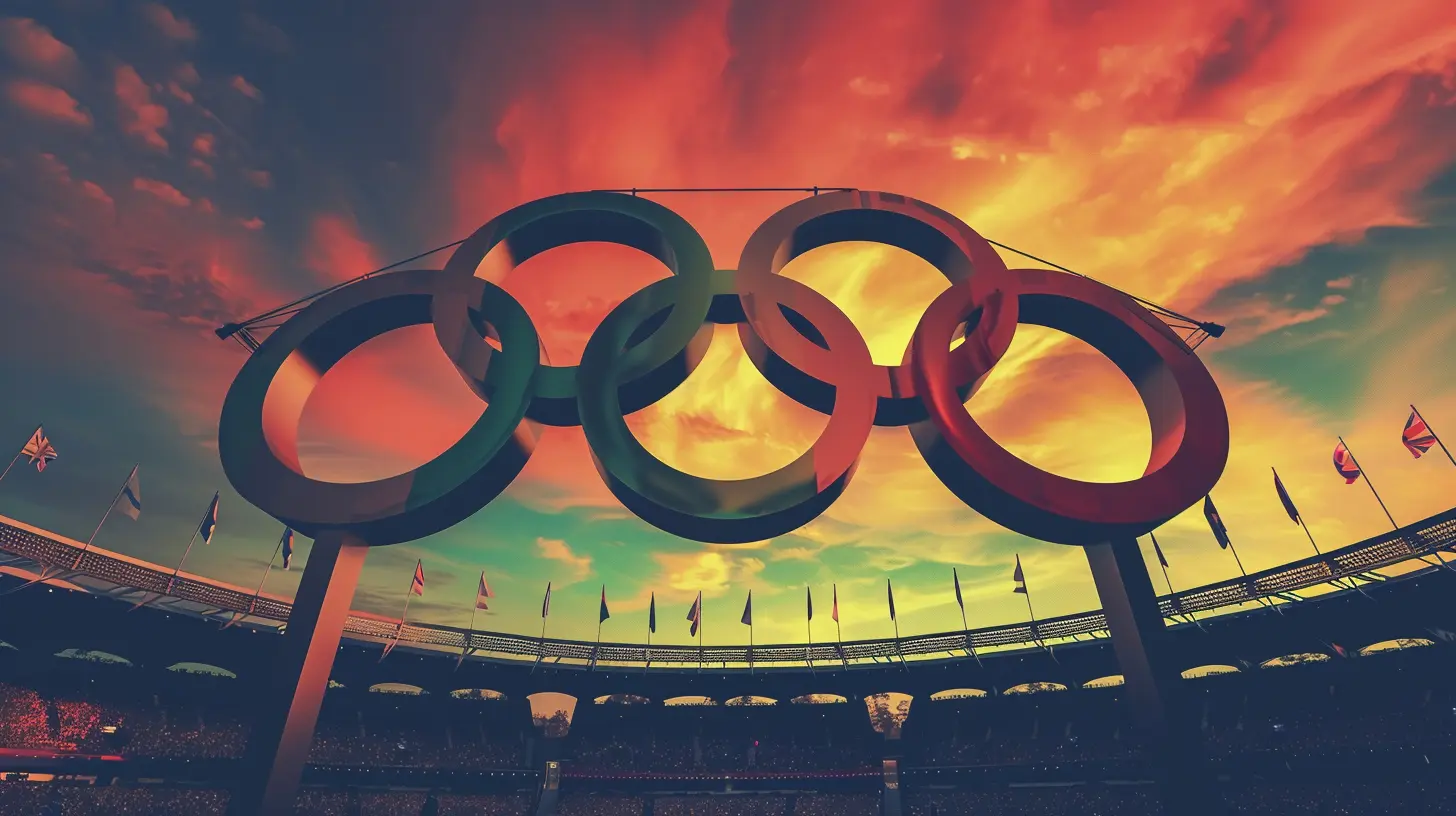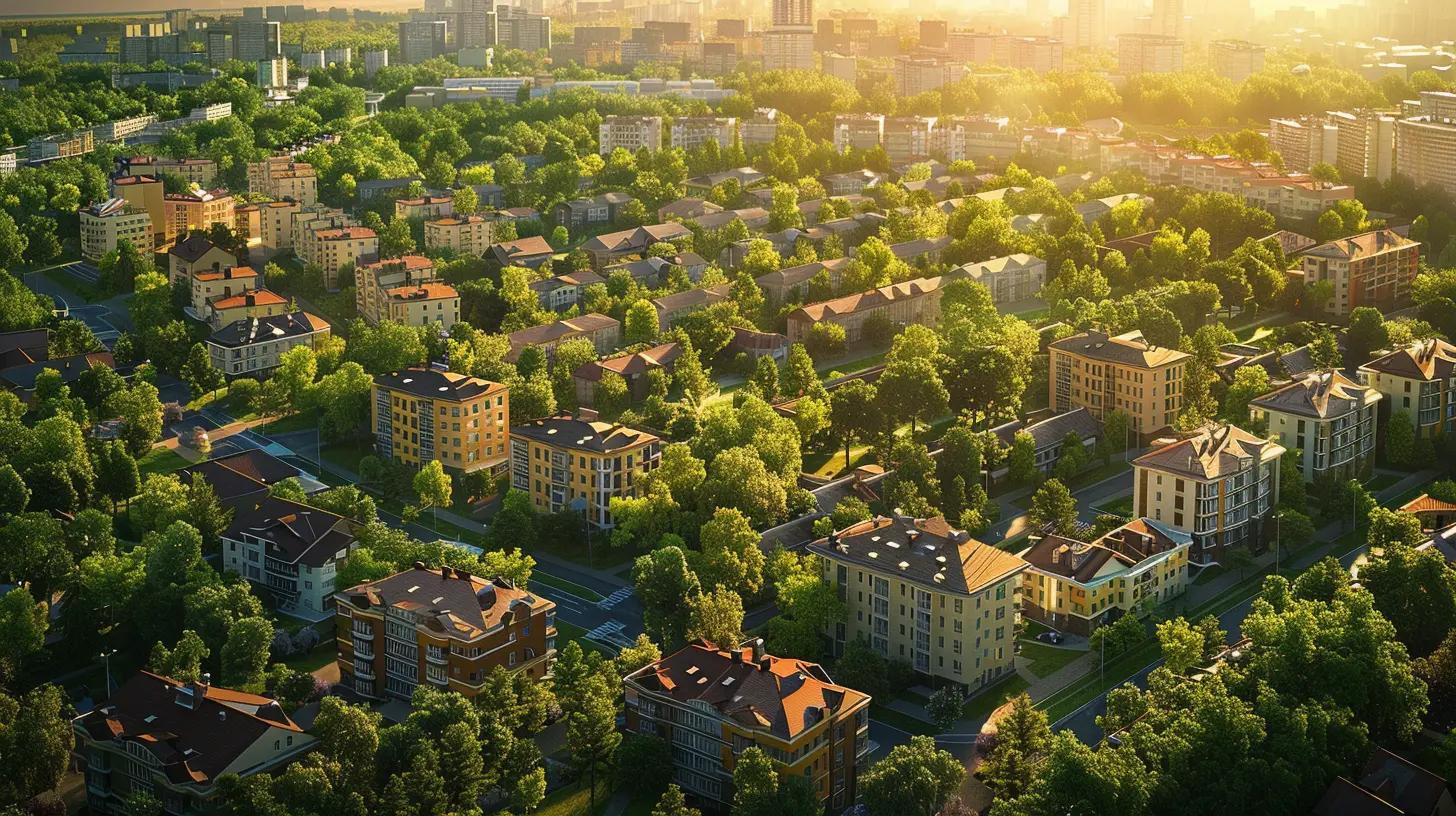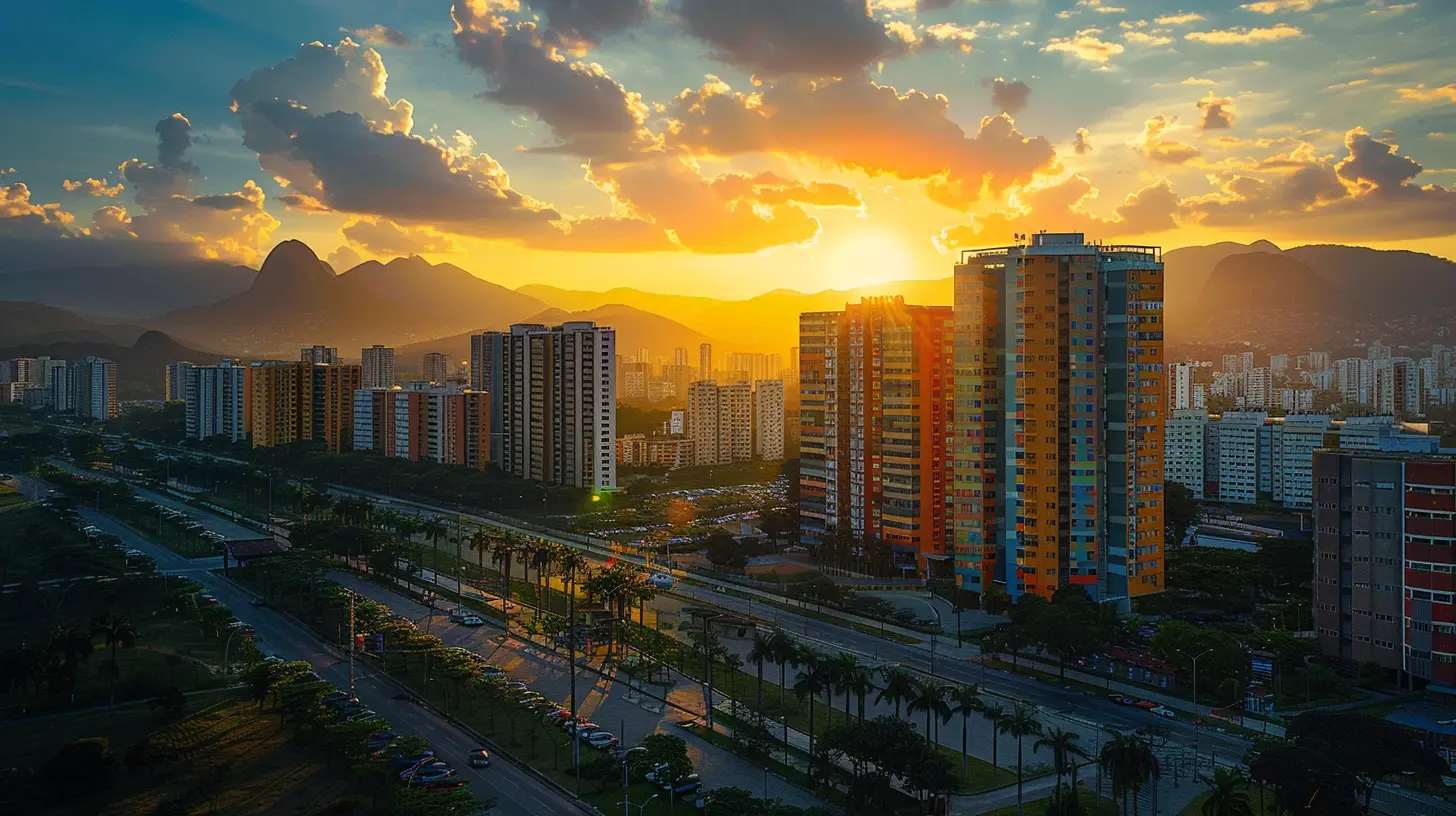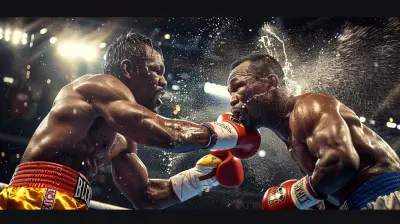Olympic Villages: What Life Is Like for Athletes During the Games
8 July 2025
When we think of the Olympics, we picture jaw-dropping performances, world records being shattered, and athletes living their dreams on the grandest stage. But have you ever wondered where these athletes stay during the Games? Welcome to the Olympic Village, a unique mini-city that houses the world’s best athletes for the duration of the competition.
From state-of-the-art facilities to surprising behind-the-scenes stories, let’s dive deep into what life is really like for athletes inside the Olympic Village.
What Is the Olympic Village?
The Olympic Village is a dedicated residential area built to accommodate athletes, coaches, and team staff during the Olympic Games. It’s more than just a collection of dorms—it’s an entire community designed to support, entertain, and energize the competitors.Imagine a small city filled with top-tier athletes from every corner of the world. The Village comes complete with dining halls, gyms, entertainment zones, and even barbershops. Once inside, athletes experience a lifestyle that’s part high-performance training hub, part college dorm, and part international social club.
Life Inside the Olympic Village
1. The Living Quarters
Athletes typically stay in apartment-style dorms with multiple roommates from their country’s team. The rooms are modest—think basic beds, desks, and a small shared space—but they are functional. Some athletes bring personal touches, like posters or their favorite pillows, to make the space feel more like home.Interestingly, the beds in the Tokyo 2020 Olympic Village were made of cardboard—designed to be eco-friendly and recyclable. This sparked rumors that they were built to discourage "extra-curricular activities," but that myth was quickly debunked by athletes who proved they were sturdy enough for anything.
2. The Food Situation: A Global Feast
One of the biggest highlights of the Olympic Village? The dining hall. Imagine an all-you-can-eat buffet that caters to every culture and dietary requirement on the planet.- Athletes have access to 24/7 dining, ensuring they get the nutrition they need before and after their competitions.
- There are separate food stations offering Asian, Mediterranean, American, and halal meals, among others.
- A McDonald’s restaurant was historically a staple in the Village (until the sponsorship deal ended in 2018), and many athletes confessed to indulging in burgers and fries after their events.
For many athletes, trying new cuisines and sharing meals with competitors from different countries is one of the most memorable parts of the experience.
3. Training Facilities: A Dream for Athletes
The Olympic Village isn’t just for resting—it’s also a training paradise. Since athletes need to stay in peak condition during the Games, villages are equipped with world-class gyms, swimming pools, and practice courts.Some notable features in past Villages include:
- Rio 2016: A massive gym with more than 1,000 pieces of training equipment.
- Beijing 2008: An indoor running track and ice baths for post-training recovery.
- London 2012: A sports science lab to help optimize athlete performance.
For competitors, these training hubs are essential. After all, they can’t afford to lose focus before their big events.
4. Social Life & Networking
Here’s something you might not expect—the Olympic Village is one of the most social places on Earth.- Athletes from different nations interact, make friends, and even strike up romances.
- Exchanging pins (small badge-like collectibles representing countries or sports) is a long-standing tradition. Some athletes leave with entire collections.
- There are entertainment zones, including video game rooms, movie theaters, and live event screenings.
Despite the intense competition on the field, there’s a strong sense of camaraderie and mutual respect between athletes. Many lifelong friendships (and even relationships) have started in the Village.
5. The Reality of Olympic Village Parties
Let’s be real—the Olympic Village has a legendary reputation for being a party hotspot once athletes finish competing.After years of rigorous training, many athletes let loose once their events are over. Some facts about the post-competition atmosphere:
- The Olympic organizers distribute thousands of condoms (the Rio 2016 Games handed out over 450,000!).
- Clubs and bars inside the Village often host celebrations.
- Some athletes use dating apps, leading to funny encounters between world-class competitors.
Of course, not everyone participates in the partying—many stay focused on recovery and support their teammates who are still competing.
Challenges Inside the Olympic Village
Life in the Village isn’t perfect. Athletes face several challenges while staying there:1. Distractions & Nerves
Imagine being surrounded by elite athletes from all sports, some of whom are your idols. That can be exciting, but also distracting. Staying focused before big events is a struggle for some competitors.2. Language Barriers
With athletes from over 200 countries, language differences can sometimes lead to awkward situations. Thankfully, body language, hand gestures, and translation apps help break the communication gaps.3. Health & Safety Concerns
With so many people living in close quarters, illnesses spread fast. The pandemic-era Tokyo 2020 Games had strict COVID-19 protocols to keep athletes safe, which made the experience far more isolated than usual.
Do Athletes Pay to Stay in the Olympic Village?
Nope! The National Olympic Committees (NOCs) cover all costs, so athletes don’t have to pay a dime. Everything from food to accommodations is provided, ensuring competitors can focus solely on their performances.However, some Olympians choose to stay outside the Village in hotels or private Airbnb rentals, especially if they want a quieter space away from distractions.
What Happens to the Olympic Village After the Games?
Ever wondered what happens to the Olympic Village once the Games wrap up? In most cases, these massive facilities are repurposed into residential apartments, hotels, or student housing.Examples include:
- Barcelona 1992: Converted into a fashionable seaside neighborhood.
- Beijing 2008: Now a high-end apartment complex.
- London 2012: Transformed into affordable housing for locals.
While some Villages thrive post-Games, others, like Athens 2004, have fallen into disrepair due to lack of maintenance and investment.
Final Thoughts
The Olympic Village is more than just a place to sleep—it’s a once-in-a-lifetime experience for athletes. It’s where world-class competitors live together, eat together, train together, and create lifelong memories.From intense training sessions to cultural exchanges and legendary parties, life inside the Village is unlike anything else. And while the competition may be fierce on the field, behind closed doors, athletes share experiences that bring them closer as one global sports family.
So, the next time you watch the Olympics, remember—behind those podium moments are athletes navigating a unique, unforgettable world inside the Olympic Village.
all images in this post were generated using AI tools
Category:
OlympicsAuthor:

Onyx Frye
Discussion
rate this article
1 comments
Caitlin Vasquez
Great insights into Olympic life! It’s fascinating to see how athletes bond and thrive in the supportive environment of the villages.
July 16, 2025 at 3:14 AM

Onyx Frye
Thank you! I'm glad you found the insights interesting—athlete camaraderie truly enhances the Olympic experience.


